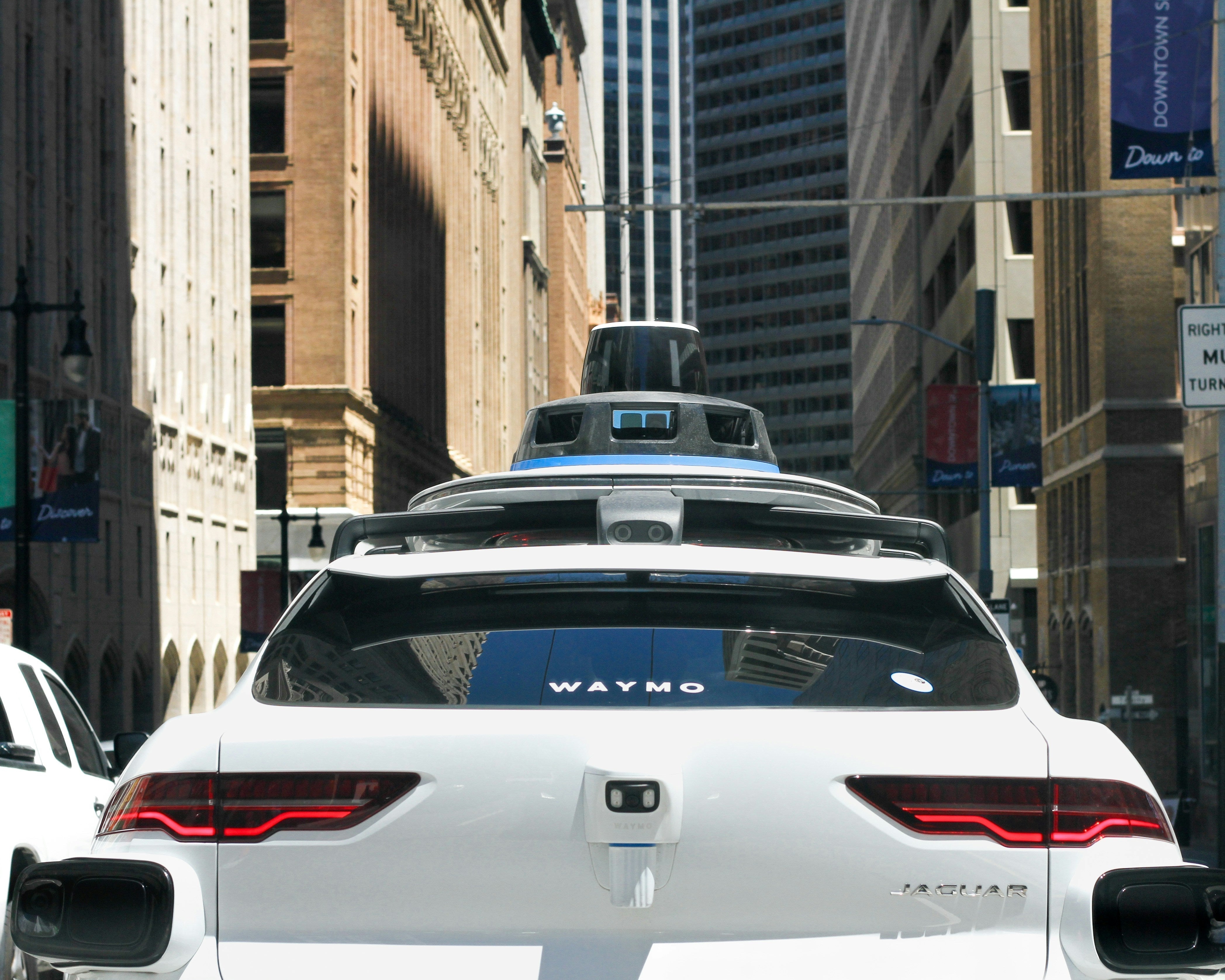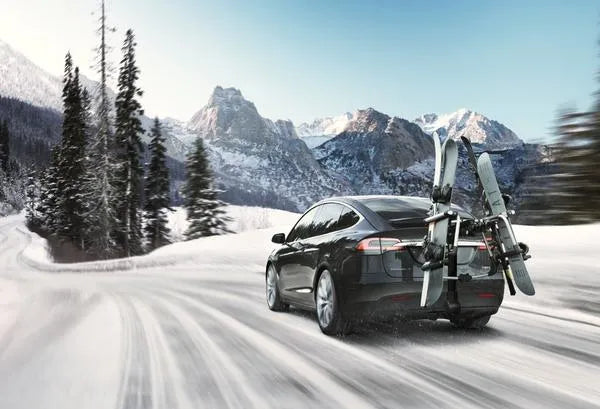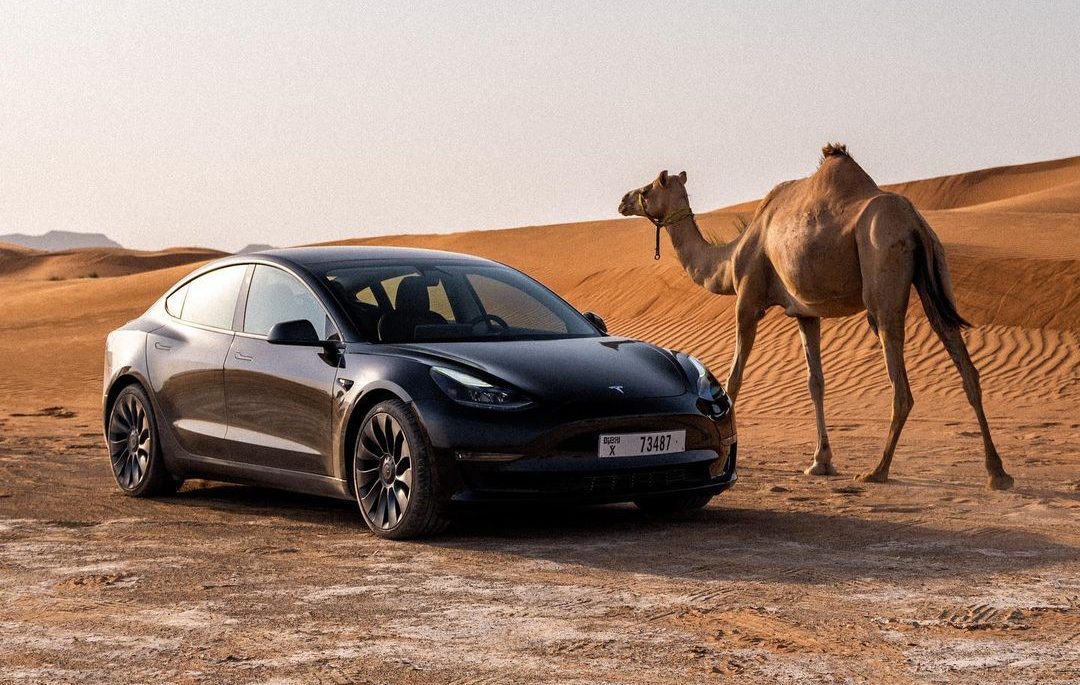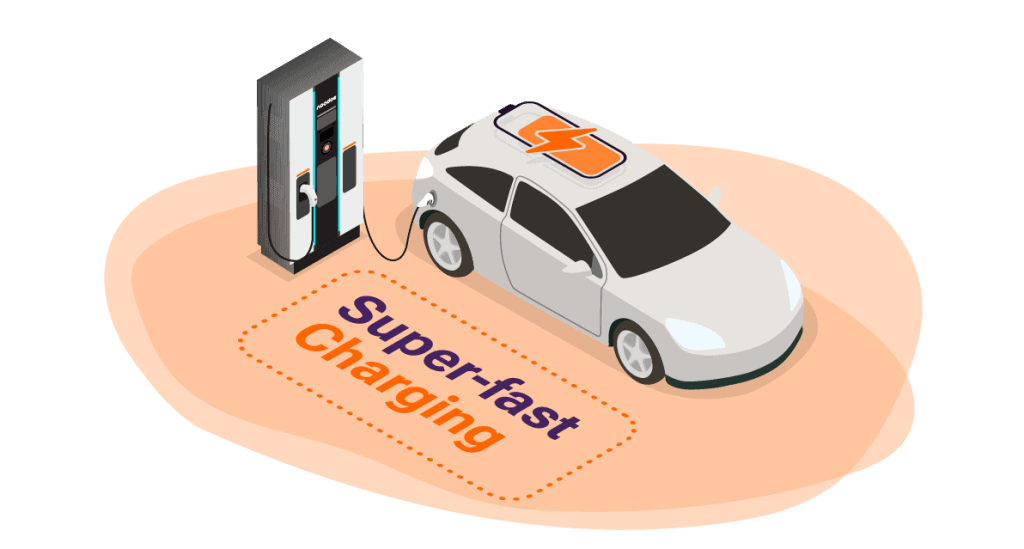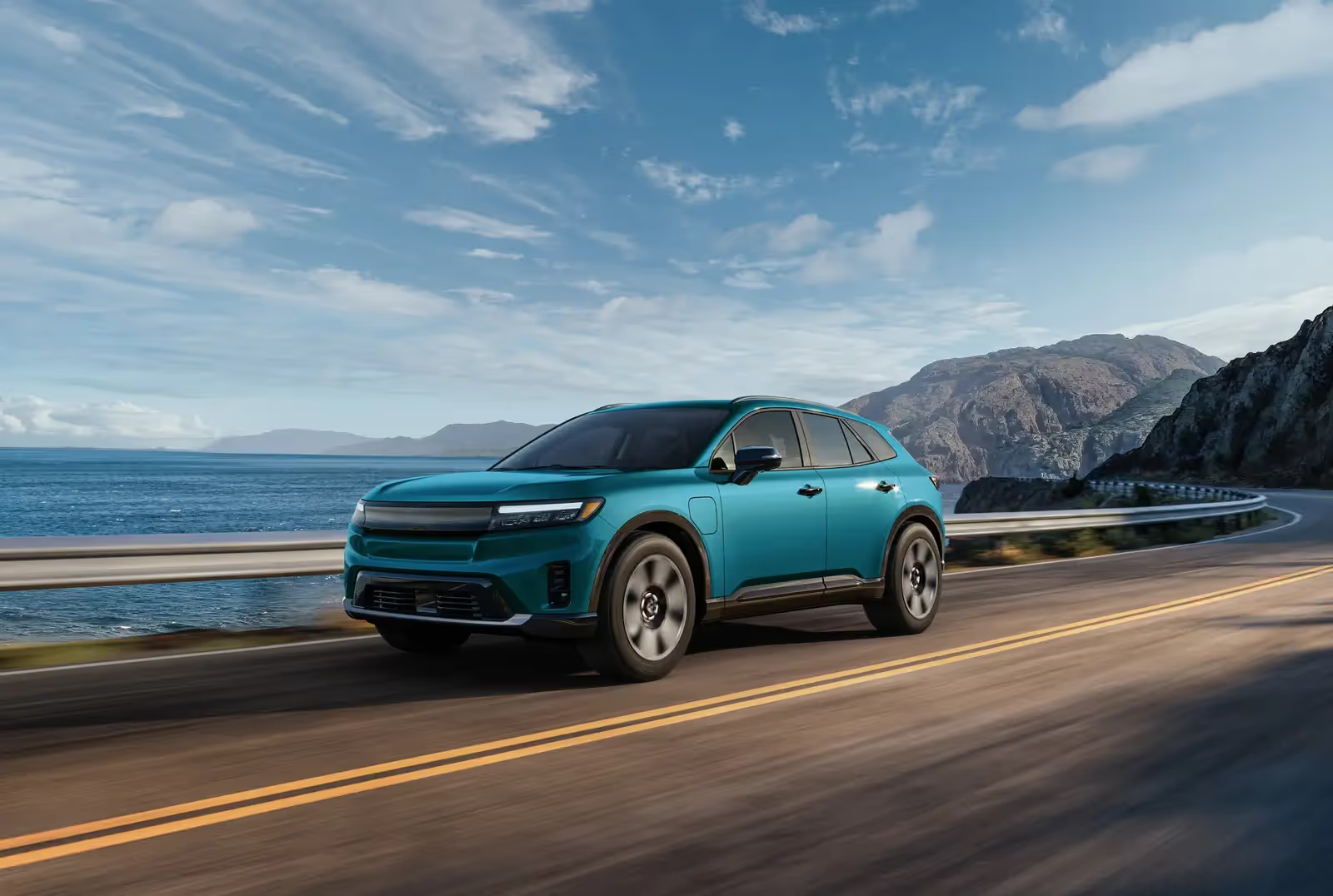
Honda & Acura EVs Now Compatible with Tesla Superchargers — What This Means for EV Drivers in 2025
In a long-anticipated move, Honda and Acura electric vehicles can now access Tesla’s Supercharger network in North America — a shift that expands charging options for thousands of EV drivers. As of July 2025, access has opened up for Prologue and Acura ZDX models, making over 23,000 Tesla fast-charging stations available across the U.S. and Canada.
While this rollout applies to a specific group of vehicles, it reflects a much broader transformation in the EV ecosystem — one that affects all drivers navigating a mix of charging standards.
What Changed — and Why It Matters
Tesla’s Superchargers have long been viewed as the most reliable and widespread fast-charging network in North America. Until recently, they were mostly exclusive to Tesla vehicles. But with Tesla opening its North American Charging Standard (NACS) to other automakers, access is expanding quickly.
The following vehicles currently support access to Tesla Superchargers using an adapter, while others are expected to gain compatibility soon:
Supported:
Ford, Rivian, General Motors (GM), Volvo, Polestar, Nissan, Lucid, Mercedes-Benz, Hyundai, Genesis, Kia, Honda, Acura
Coming Soon:
BMW, JLR, Toyota, Subaru, Volkswagen (VW), Audi, Porsche
For Honda and Acura drivers, this development means significantly improved charging convenience — especially in areas where CCS fast chargers are limited or less reliable. But it also highlights a growing need among EV owners: the ability to adapt to a changing, mixed-standard charging environment.
What If You Aren’t Yet NACS-Ready?
If you drive a non-Tesla EV equipped with CCS — such as a Ford Mustang Mach-E, Hyundai Ioniq 5, or Chevy Bolt EUV — and want access to Tesla’s Supercharger network, you’re not left behind.
Many brands offer certified CCS-to-NACS adapters that allow compatible vehicles to connect to Tesla’s fast-charging stations. These adapters are designed to meet North American standards and give drivers immediate access to thousands of additional charging points without relying on brand-specific rollouts.
And it’s not just about fast charging. Tesla Destination Chargers — found at hotels, restaurants, parking garages, and resorts — are AC Level 2 chargers that use the NACS connector. With a NACS-to-J1772 adapter, any EV using the J1772 standard (which includes the majority of North American EVs) can charge at these stations as well.
Adapters Are a Practical Solution During the Transition
While many automakers have announced that NACS ports will become standard in future EV models (starting as early as 2025 or 2026), millions of vehicles currently on the road still use CCS or J1772 connectors. That won’t change overnight.

Adapters are the most efficient way to bridge this gap — giving drivers access to both DC fast charging (with CCS-to-NACS adapters) and AC Level 2 charging (with NACS-to-J1772 adapters) without waiting for hardware upgrades or new vehicle models.
Being prepared with the right gear gives drivers more flexibility, especially in areas with uneven charger distribution.
Looking Ahead
The trend toward charging standardization is clearly in motion. More Superchargers are being equipped to support non-Tesla vehicles, and many upcoming EVs will eventually include NACS ports by default. But today’s reality still includes a fragmented network — one that requires drivers to stay flexible.
For anyone driving a CCS or J1772-equipped vehicle, carrying a high-quality, tested adapter is one of the simplest ways to expand charging access. Products like those from A2Z EV are specifically built to support this transition — offering compatibility, portability, and peace of mind on the road.
Final Thoughts
The addition of Honda and Acura vehicles to Tesla’s Supercharger network is a milestone in the EV industry — one that signals a move toward greater interoperability and convenience. But with different standards still in play, having the right adapters remains critical for daily driving and long-distance travel.

